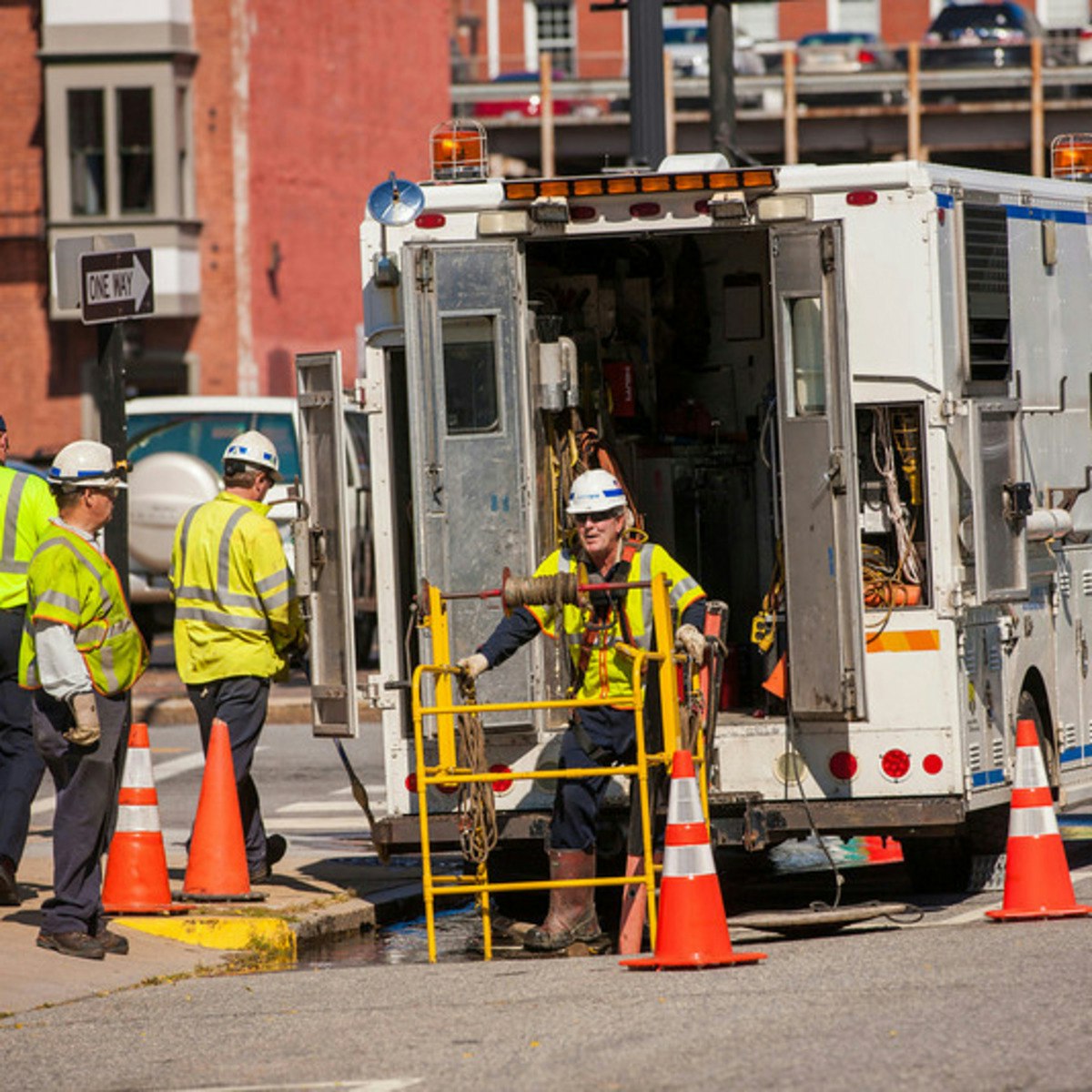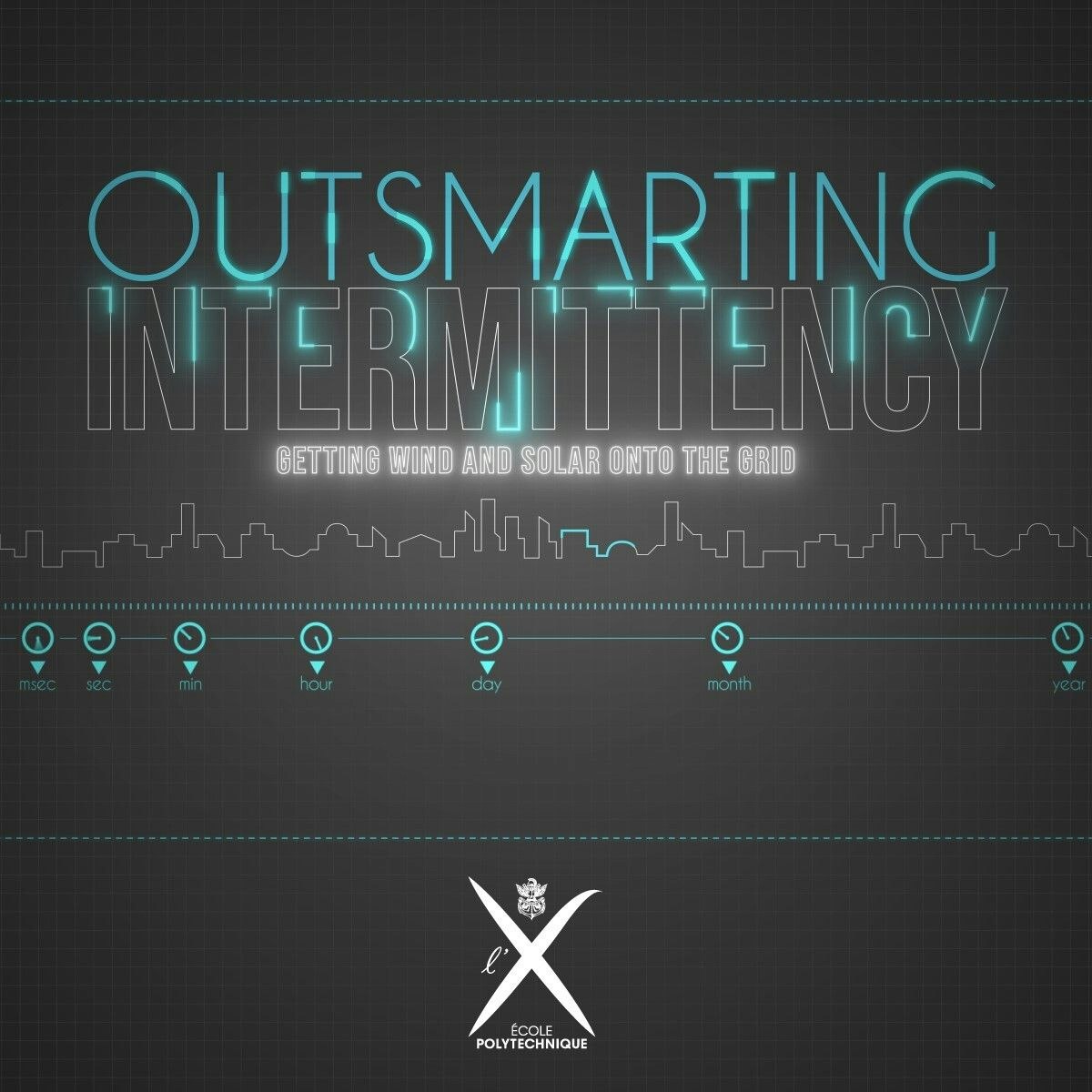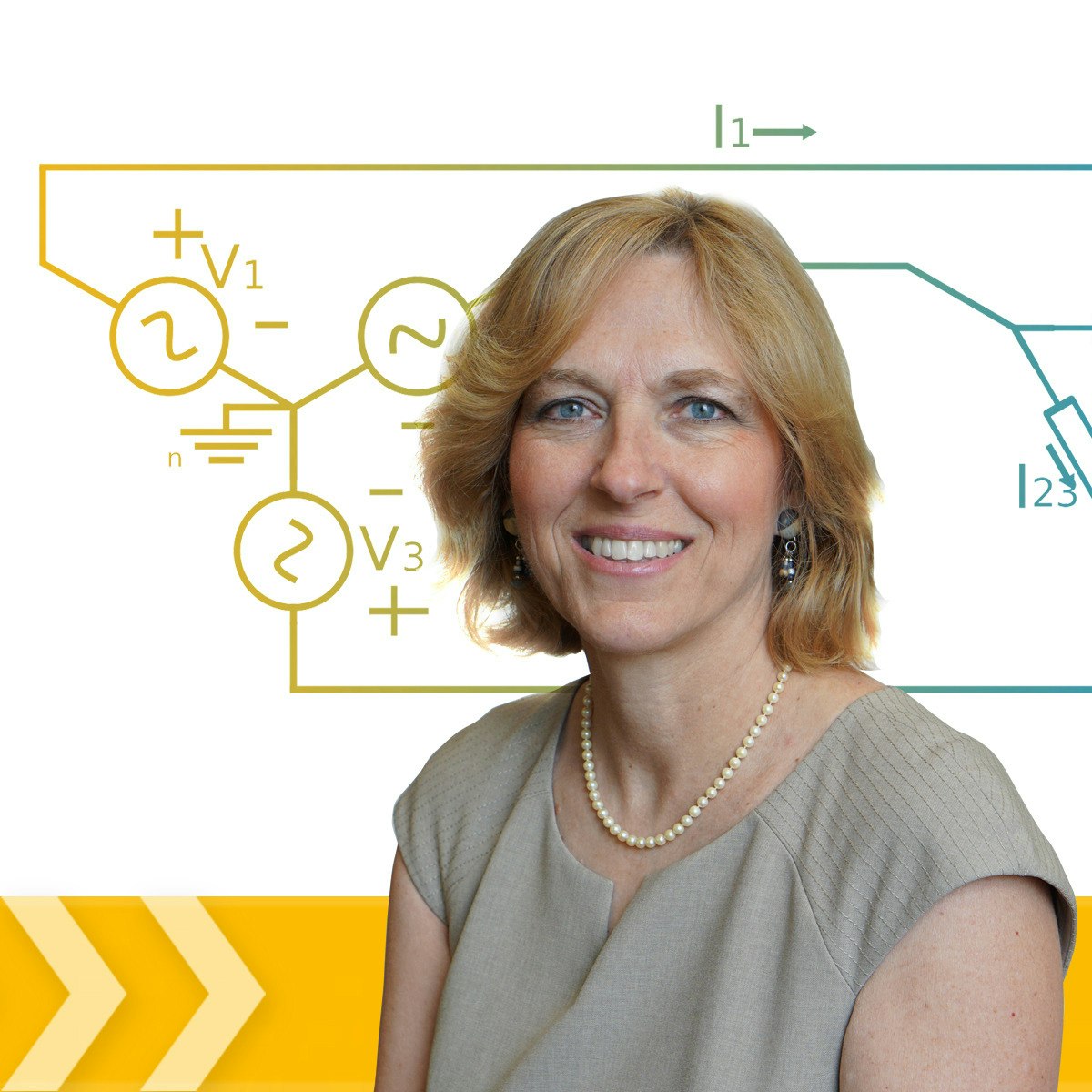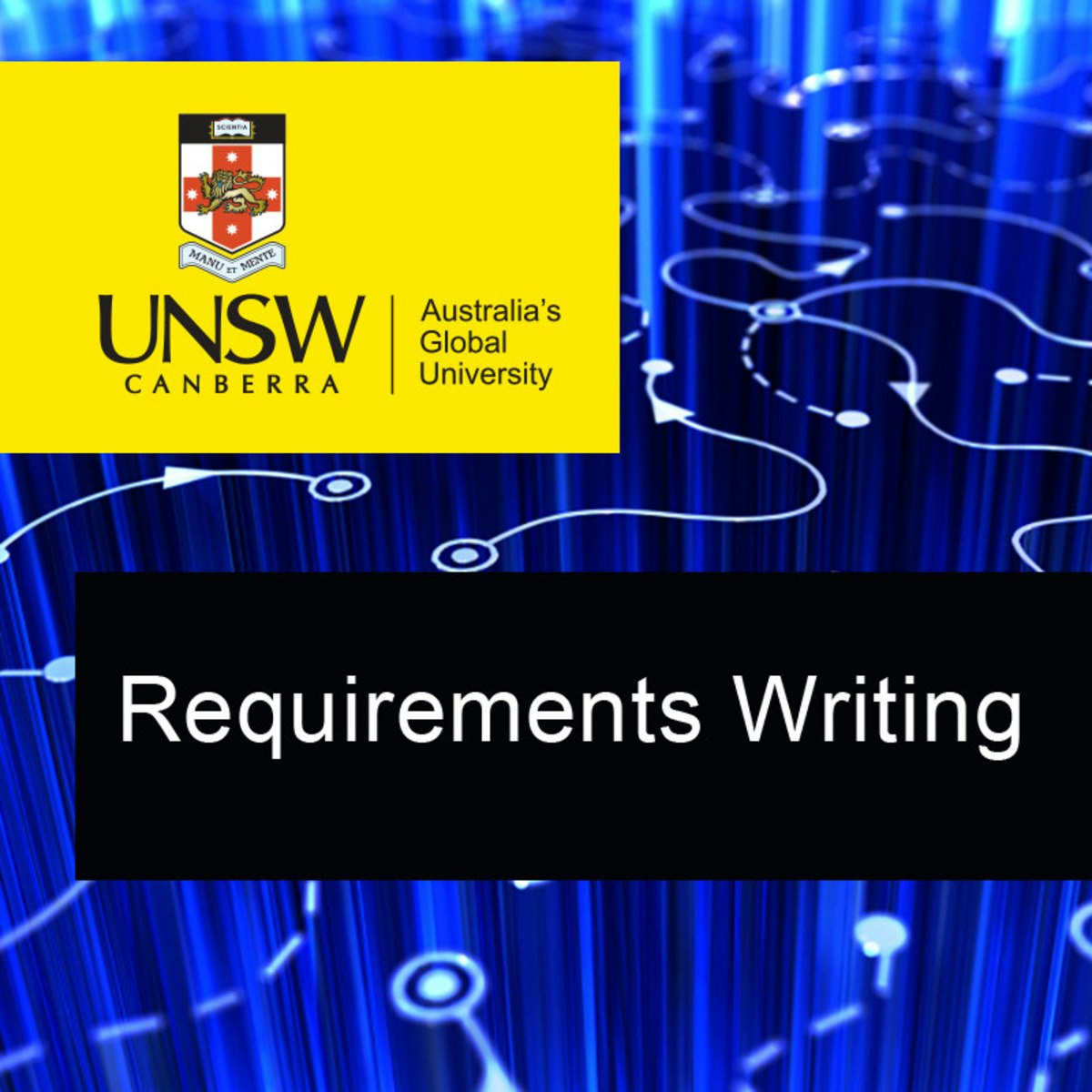Back to Courses









Electrical Engineering Courses - Page 8
Showing results 71-80 of 141

Internet of Things Capstone: Build a Mobile Surveillance System
In the Capstone project for the Internet of Things specialization, you will design and build your own system that uses at least 2 sensors, at least 1 communication protocol and at least 1 actuator. You will have a chance to revisit and apply what you have learned in our courses to achieve a robust, practical and/or fun-filled project.
We absolutely encourage you to design whatever you can think up! This is your chance to be creative or to explore an idea that you have had. But if you don’t have your own idea, we provide the description of a surveillance system, for you to build. We will participate in the Capstone with you by building a surveillance system that features an off-grid solar powered workstation that will serve as a hub to multiple surveillance sensors.
You will be able to demonstrate the knowledge and skills you have gained in this course through delivery of industry-appropriate documents such as System Design documents and Unit Test reports. Additionally, you will be asked to describe and show case your project as a short video presentation – appropriate for demonstrating your knowledge and technical communication skills.
Learning Goals: After completing this Capstone, you will be able to:
1. Design systems using mobile platforms. You will gain experience in documenting and presenting designs.
2. Develop systems that interface multiple sensors and actuators to the DragonBoard™ 410c system and develop the necessary software to create a fully functional system.
3. Specify unit tests and system tests, run tests and prepare Test Reports as are commonly done by those working in this industry.
4. Gain experience (and feedback!) in making technical presentations.

Safety in the Utility Industry
This course arms you with basic utility industry safety knowledge. You will be educated about personal protective equipment, fire safety, hazardous materials and their symbols. You will gain insights to recognize the importance of a safe work environment.
This course is for individuals considering a career in the energy field (who have a high school diploma, at minimum, and basic knowledge of mathematics), and existing energy sector employees with less than three years of experience who have not completed similar training and would benefit from a course of foundational industry concepts.
The course is a combination of online lectures, videos, readings and discussions.
This is the third course in the Energy Production, Distribution & Safety specialization that explores various facets of the power sector, and features a culminating project involving creation of a roadmap to achieve a self-established, energy-related professional goal. To learn more about the specialization, check out a video overview at https://www.youtube.com/watch?v=2Yh9qIYiUDk.

Displays
This course can also be taken for academic credit as ECEA 5607, part of CU Boulder’s Master of Science in Electrical Engineering degree.
Displays Course Introduction
The course will dive deep into electronic display devices, including liquid crystals, electroluminescent, plasma, organic light emitting diodes, and electrowetting based displays. You'll learn about various design principles, affordances and liabilities, and also a variety of applications in the real world of professional optics.
Course Learning Outcomes
At the end of this course you will be able to…
(1) Select a display technology for a given application (LIDAR, imaging, microscopy etc.)
(2) Design a system around the limitations of a given display technology (ie. addressing)
(3) Design a system that maximizes contract

Outsmarting intermittency
Solar and wind offer clean and renewable ways to produce large amounts of electricity. They have boomed over the last few years, evolving from an eco-daydream to a major market and showing unprecedented growth rates. Yet, installing solar panels and wind turbines is by no means the end of the story. The electrical grid, which connects production means to the end-users’ sockets, is not a simple electron pipe. It is the beating heart of our electricity system and ensures its stability. Solar and wind raise specific challenges for the grid, and these challenges will have to be tackled if we want to deploy larger amounts of renewable sources.
The aim of this lecture is to introduce these challenges and some approaches considered to overcome them. We are convinced that everyone involved in this journey, from investors, to entrepreneur, policy makers or simple customer should be aware of these issues if we want to make sure they don’t become a bottleneck limiting further development of renewable sources.

Optical Efficiency and Resolution
This course can also be taken for academic credit as ECEA 5601, part of CU Boulder’s Master of Science in Electrical Engineering degree.
Optical instruments are how we see the world, from corrective eyewear to medical endoscopes to cell phone cameras to orbiting telescopes. This course will teach you how to design such optical systems with simple mathematical and graphical techniques. The first order optical system design covered in the previous course is useful for the initial design of an optical imaging system but does not predict the energy and resolution of the system. This course discusses the propagation of intensity for Gaussian beams and incoherent sources. It also introduces the mathematical background required to design an optical system with the required field of view and resolution. You will also learn how to analyze these characteristics of your optical system using an industry-standard design tool, OpticStudio by Zemax.

Linear Circuits 2: AC Analysis
This course explains how to analyze circuits that have alternating current (AC) voltage or current sources. Circuits with resistors, capacitors, and inductors are covered, both analytically and experimentally. Some practical applications in sensors are demonstrated.

Wireless Communications for Everybody
This course will provide an introduction and history of cellular communication systems that have changed our lives during the recent four decades and will become an essential and inseparable part of human life. The principles of wireless communication theory are covered with emphasis on the essential concept delivery to non-major learners in the easiest way. Then, it will be covered how such principles are realized and how multimedia services can be delivered in practical LTE cellular systems by which learners are connected and enjoys together in their lives.
After completing this course, learners will be able to understand
1. What a cellular system is and how it has been developed so far
2. The very basic principles how information can be delivered efficiently using radio
3. How such principles are realized in LTE systems.
4. How people can be connected and multimedia services can be delivered in LTE systems

Communications and High-Speed Signals with Raspberry Pi
Course two of this specialization is all about hardware physical layer and communication between elements of your project, how to troubleshoot high-speed signals when they don't work, and how to design your projects so they do work.
We start with a review of common signal protocols available . Then, to build a deep and intuitive understanding of how circuits send and receive these signals, Module 2 explores the physics of high-frequency signals in an easy-to-follow way.
Module 3 flips your thinking from the time-domain to the frequency-domain to examine the frequency components of signals and understand how unintended filtering in your circuits distorts your digital waveforms. These are "signal integrity" concepts, distilled to what you need for your Raspberry Pi projects.
Now, with our knowledge of signals, Module 4 develops five rules of thumb for designing your circuits so that your high-speed signals work the first time. These five rules of thumb, combined with the experience from earlier modules, help you estimate spectral bandwidth of signals, rise time, and gain insights whether you're troubleshooting a broken design or designing something new.

Requirements Writing
Welcome to "Requirements Writing". As the title indicates, over the next four weeks, we will be looking at the important task of writing of text-based requirement statements. The course takes you step by step through the rules for writing requirements statements in accordance with the "Guide for Writing Requirements" published by the International Council on Systems Engineering (INCOSE).
This course welcomes anyone who wants to find out how to write requirements. It is relevant to anyone in project management, engineering, QA, logistic support, operations, management, maintenance and other work areas. No specific background is required, and we welcome learners with all levels of interest and experience.

Solar Energy Systems Overview
By the end of this course, learners will have acquired a broad understanding of the history and mechanics behind converting light into electricity, commonly known as photovoltaics (PV). They are empowered to recognize and describe elements of a PV system, enabling them to: compare the most common types of solar cells, sketch a solar PV system, and analyze differences between rooftop and ground mounting configurations. The course explores economic considerations, touching on solar PV costs for residential and commercial use, incentives, and contrasts solar power with fossil fuel and nuclear plants.
This course is ideal for anyone interested in entering the solar power sector, whether fresh to the workforce or switching industries. The curriculum is especially useful for engineers, HVAC installers, architects, and building code inspectors.
Material includes online lectures, videos, demos, project work, readings and discussions. This is the first course in the Solar PV for Engineers, Architects and Code Inspectors specialization. To learn more about the specialization, check out a video overview at https://youtu.be/XjkKzbXqA6s.
Popular Internships and Jobs by Categories
Find Jobs & Internships
Browse
© 2024 BoostGrad | All rights reserved